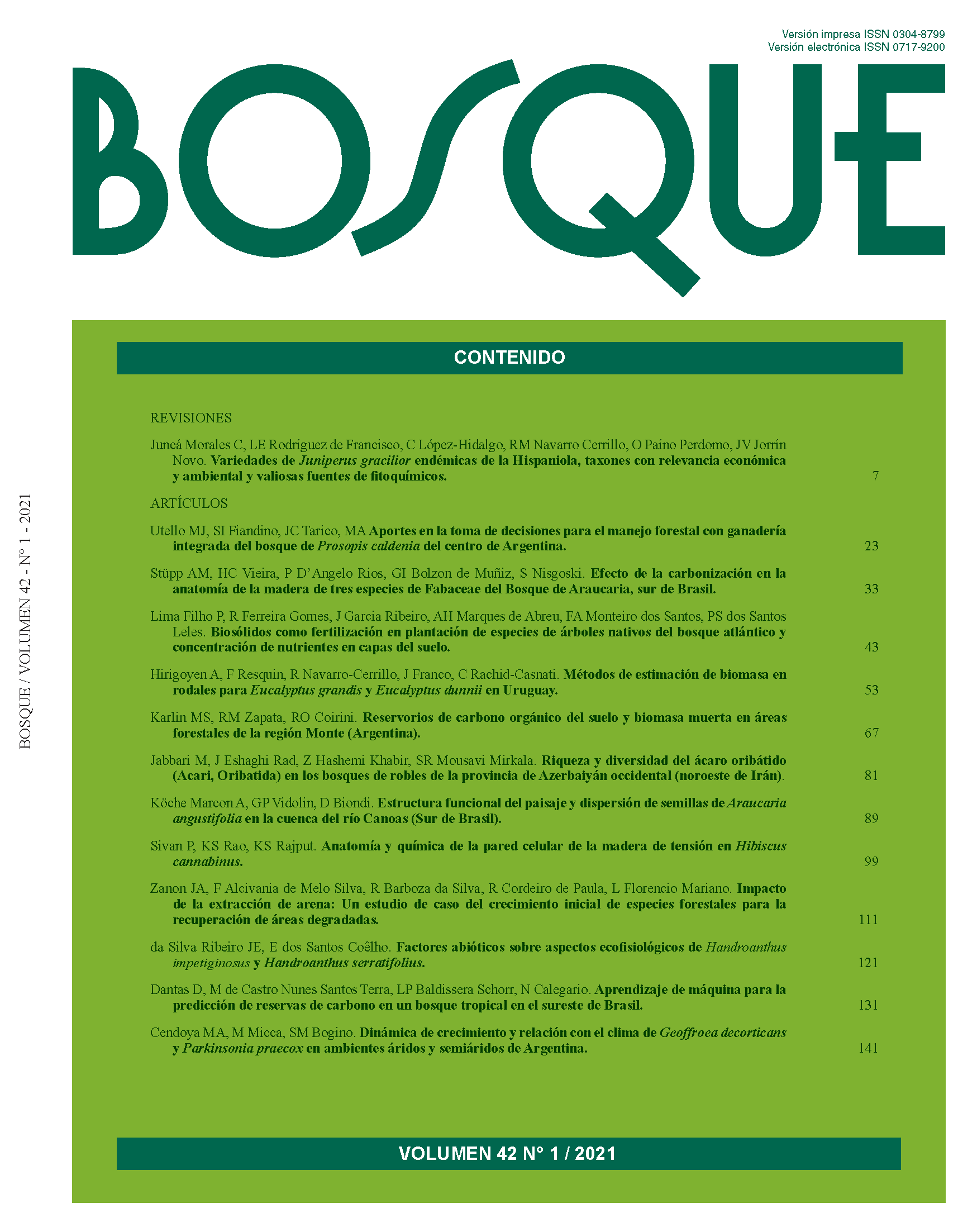Variedades de Juniperus gracilior endémicas de la Hispaniola, taxones con relevancia económica y ambiental y valiosas fuentes de fitoquímicos
Contenido principal del artículo
Resumen
El género Juniperus ha sido utilizado y estudiado a lo largo de los años por la bioactividad de los compuestos fitoquímicos encontrados en sus tejidos (hojas, corteza, ramas). Mayoritariamente, dichas investigaciones y las recopilaciones de estas se han centrado en taxones distribuidos en Europa y América del Norte, dejando de lado la investigación y potencial económico de otros como los caribeños, que actualmente se encuentran en peligro de extinción. Aunque los compuestos bioactivos de los últimos apenas han sido estudiados, en la literatura se reportan potentes moléculas antitumorales, antiinflamatorias y antimicrobianas como la desoxipodofilotoxina, podofilotoxina, amentoflavona y el widdrol en su composición. De igual manera, investigaciones fitoquímicas realizadas a sus aceites esenciales con objetivo taxonómico, que en muchos casos representan la única fuente de información química de estos Juniperus del Caribe, permiten inferir propiedades bioactivas adicionales de los mismos, lo que resalta su posible potencial. Este trabajo tuvo como objetivo recopilar la información conocida sobre el uso, la bioactividad y la composición química de las variedades de J. gracilior endémicas de la Hispaniola y sus taxones filogenéticamente cercanos (J. gracilior var. saxicola, J. barbadensis y J. bermudiana), para propiciar futuros estudios holísticos y exhaustivos de los metabolitos encontrados en estas posibles fuentes de compuestos fitoquímicos, proporcionando así un incentivo económico para su conservación.

